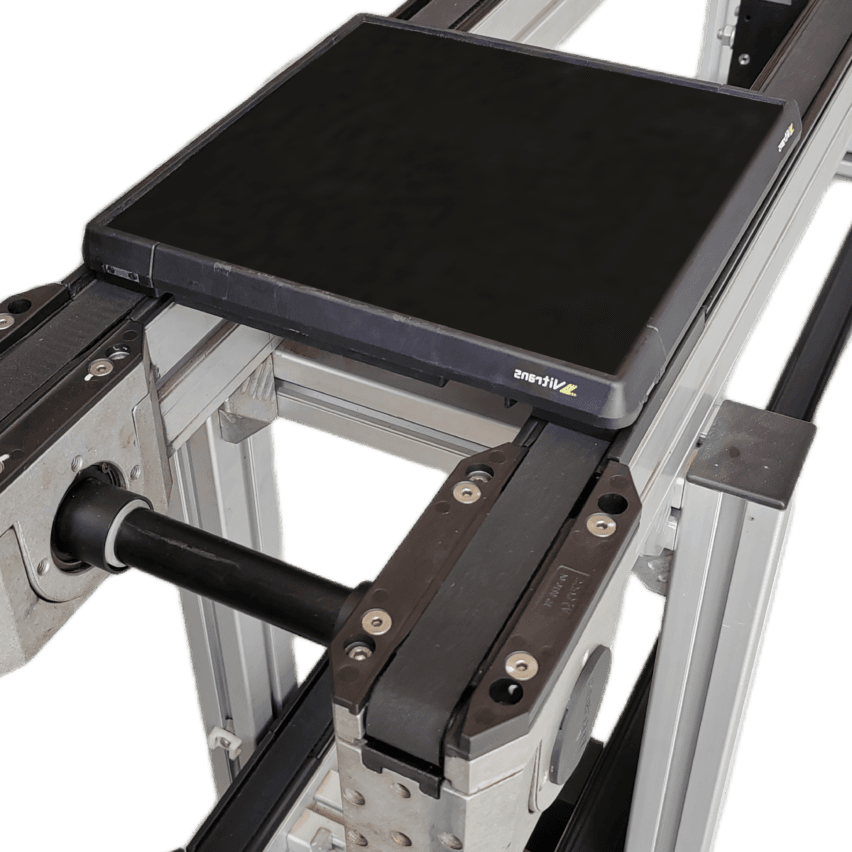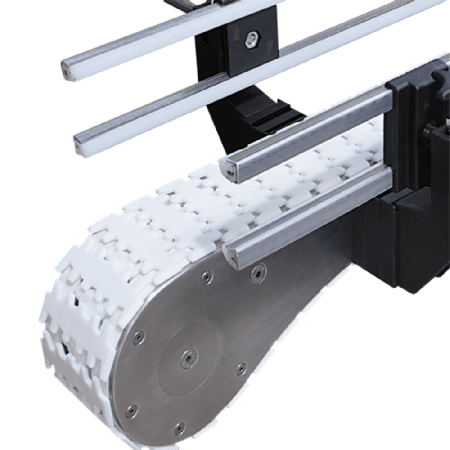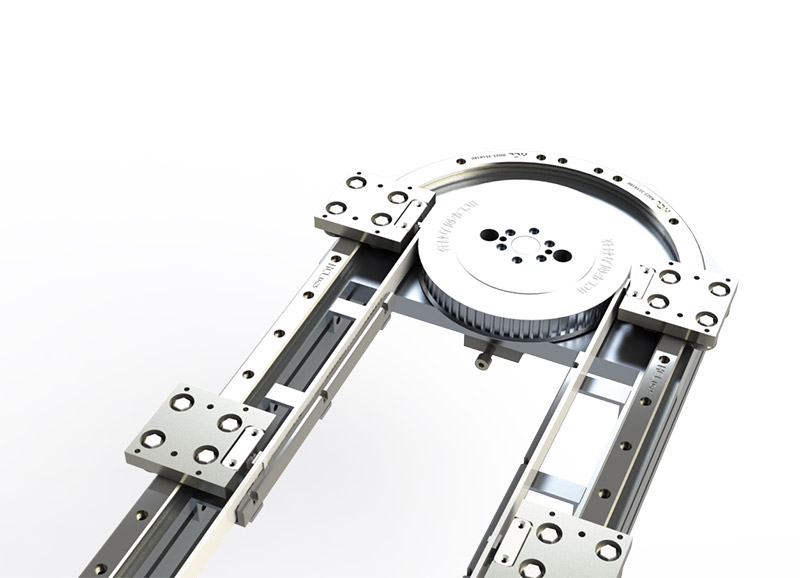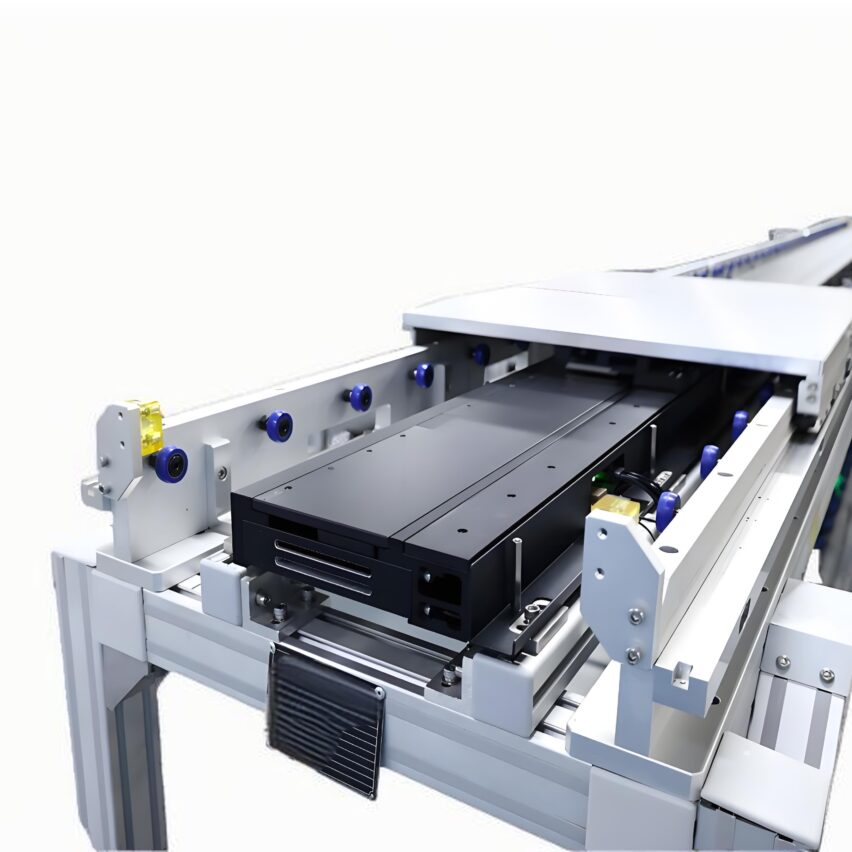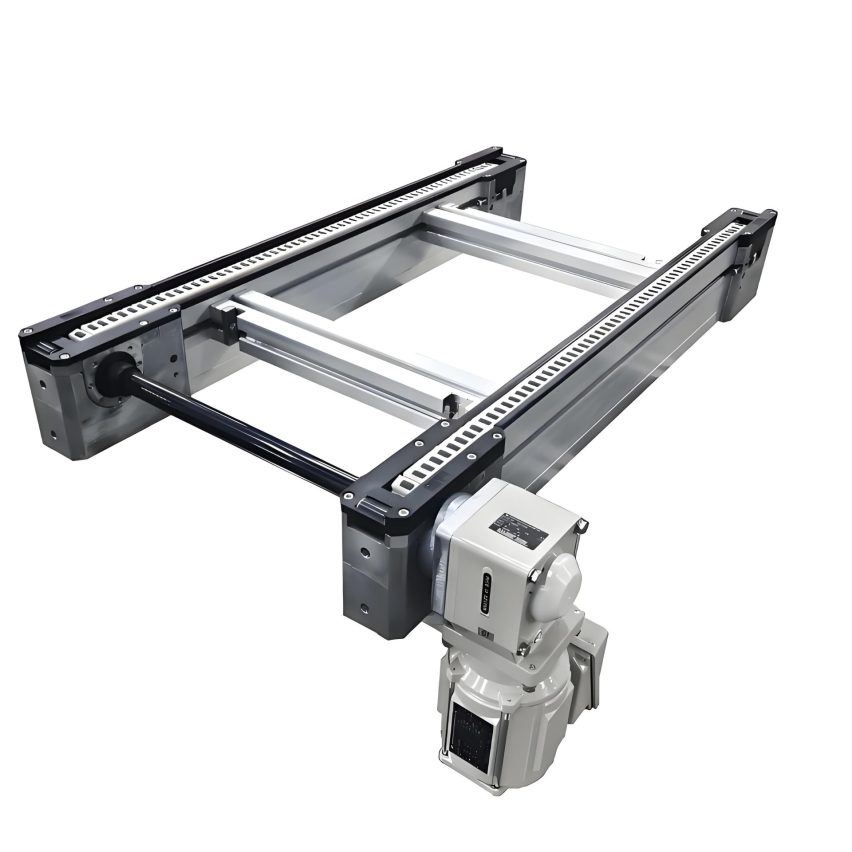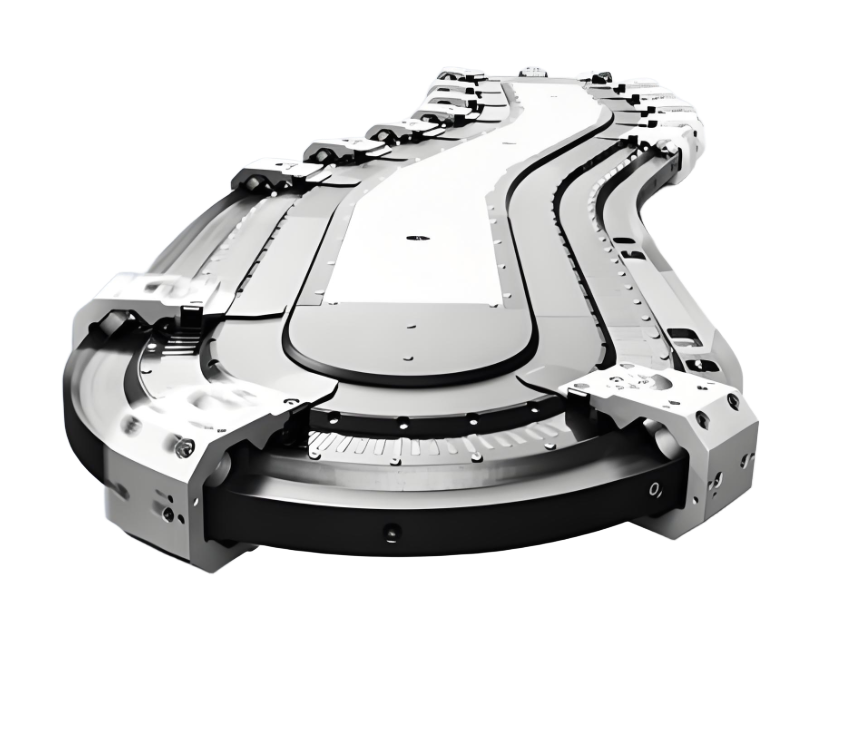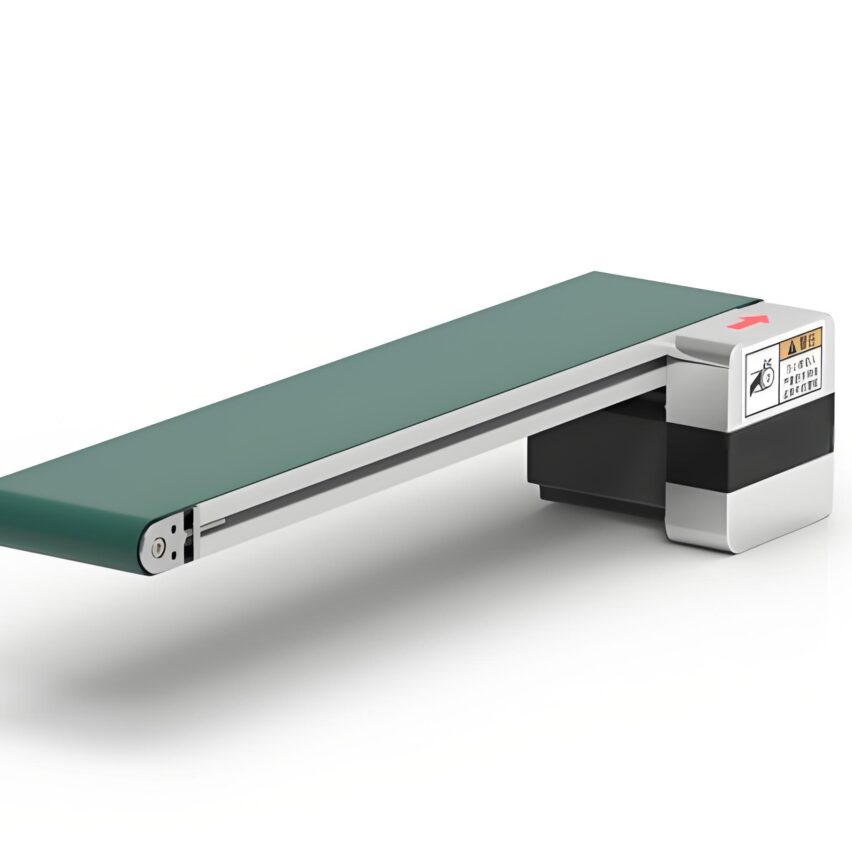Hey, are you worried about the purchase order? Multiplier chain" and "differential chain" names like brothers, but the actual selection is confusing? Don't worry! The veteran driver who has been working on production line design for ten years will take you to avoid the pit today...Choose the right chain, double the efficiency; choose the wrong chain, repair to tears every day!
I. Basic literacy: what is the relationship between the two?
Q1: Are multiplier and differential chains two kinds of chains?
Re!The doubler chain is the core component, the differential chain is the packaged solution(with multiplier chain + control system). To give an example:
- doubled speed chain≈car engine(providing base power)
- Differential chain assembly line≈The whole smart car.(engine + gearbox + brake system)
essential difference: The doublespeed chain is only responsible for "how fast", the differential chain is responsible for "how" (pause/steer/speed regulation).
Q2: Why do they all have "speed" in their names? Is the principle of growth rate the same?
Physical speed up is the same principle: All rely on roller diameter > roller diameter (e.g. 3x speed chain = roller diameter is 2x roller). But!Differential chain with additional "intelligent speed control" capability::
- Multiplier chain: speed factory fixed, want to change speed? Change the chain!
- Differential chain: real-time speed adjustment through PLC, adjust the speed if the worker's hand speed is fast.
Q3: Who has better stability? How much difference in noise?
| comparison term | Speed chain assembly line | Differential chain assembly line |
|---|---|---|
| stability | Simple structure, low failure rate | Many sensors, easy to fail without proper maintenance |
| static (in a signal) | <60 dB (library level) | 65-85 dB (downtown to truck) |
The key reason: doubling speed chain rollers mostly use engineering plastics; differential chain for boosting often open high power motor.
Second, the scene of the actual combat: electronic factories and automobile factories how to choose?
Q4: Who should I choose for my small appliance assembly line?
Close your eyes and choose a speed chain.! Reason for the trifecta:
- Cost Save 30%: pure doubling line without control system, aluminium profile rail + motor just runs!
- quiet and resistant: 24-hour transfer of mobile phone cases/circuit boards, low noise level without disturbing the public
- No need to pause: film, paint and other processes "one way to the black"
👉Configuration formula: Line length ≤15m + station spacing 1.5m + 2.2kW motor (common solution for electronic factories)
Q5: Who should I choose for a car steering wheel assembly line?
Differential chain assembly line is just what's needed! Three major pain points it solves all of them:
- withhold: Stopper stops at regular intervals, so workers don't have to fumble with loading screws.
- shift to: 90° flip of jacking rotary table, alignment of screw holes
- stack sth.: In case of detection jam, the rear artefacts are automatically staged
⚠️lesson learnt through blood and tears: A factory used a doubling chain to mount a steering wheel, which caused the defective rate to soar 20% due to the inability to stop sharply!
Q6: What if I want to add robots in the future?
Differential chains win in scalability!
- Speed Chain: limited interfaces, upgrades have to be majorly rerouted
- Differential chain: PLC communication port reserved, plug and play with robot/vision inspection
Decision-making mnemonic: To be smart in three years? The extra money spent on the differential chain is worth the price of admission!
Third, avoid the pit guide: how much does it cost to choose the wrong chain?
Q7:What if I choose the multiplier chain for cheap, but the production line has to be suspended?
2 additional hours of manpower per day!Typical rollover case:
- Problem: TV assembly requires stopping the line to mount the screen, and the multiplier chain can't be stopped
- Local methods: workers chasing the assembly line, hands and feet to drop screws
- Losses: 40% drop in efficiency, 3 times the risk of workplace injuries
Emergency programme: Add pneumatic blockers (cost ≈ 10% for the whole line), but not as good as a direct differential chain.
Q8: What happens if I choose a differential chain but neglect to maintain it?
Minute-by-minute line blocking shutdowns!The three main petite parts of the differential chain:
- Photoelectric sensors: misjudging when dust is high
- Pneumatic stopper: can't stop the workpiece if it leaks air
- PLC module: unstable voltage will die
advice on staying alive: Do 3 things a month - clear sensors, check for air leaks, and back up the programme.
Q9:What should I do if I was fooled into buying a "fake differential chain"?
I'll show you three ways to check your identity.::
- feel (one's pulse): True differential chain with control panel (with speed control button)
- regard as: Wire body with pneumatic stopper (cylindrical metal part)
- classifier for cans of beverages, such as soda or beer: Inverter "drop" sound in motor at start-up (direct humming of normal speed chain)
If you come across a "fake" product with a welded base that doesn't expand, return it quickly!
Personal pat on the back: don't pay for the concept, pay for the need!
Having handled hundreds of production lines, I can tell you from the bottom of my heart.Golden Rule of Selection::
- Electronics/small parts production: Choose the speed chain and use the money saved to buy a good work plate (WA2 recommended, 240kg load capacity).
- Automotive/large parts assembly: For differential chains, pick the model with the inverter motor (5% expensive but 30% power saving).
- Pit factory identification method:: Suppliers who say, "Differential chain is more advanced", just black out -It is essentially a programme difference, not a technology level!
(The water in the assembly line is deeper than the sea, if you can't get it right, bring your drawings to me.)


